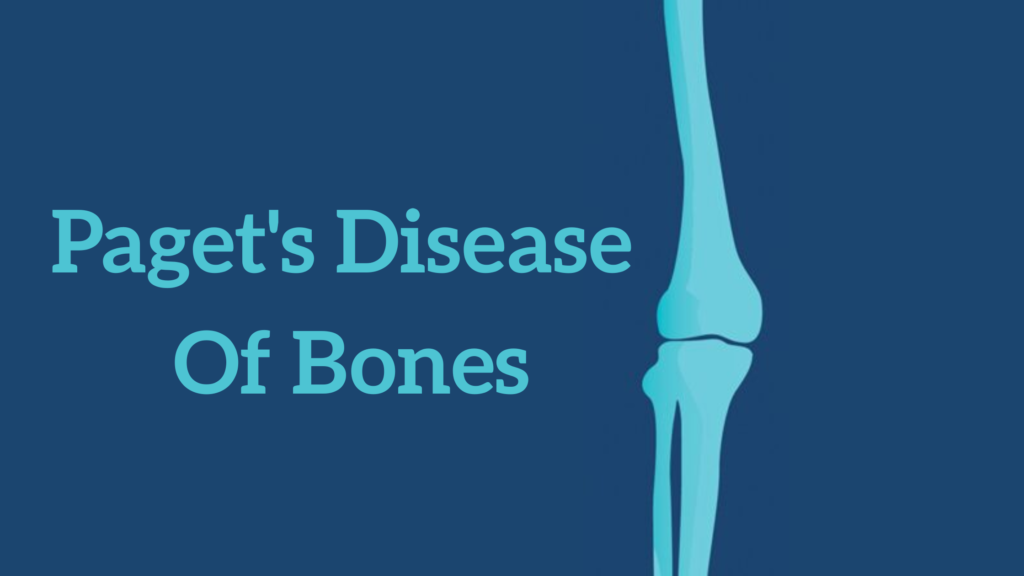🦴 Paget’s Disease of Bone
Paget’s disease of bone is a chronic bone disorder where the normal process of bone remodeling is disrupted, leading to abnormal, enlarged, and weakened bones. It can affect one or several bones and is most common in older adults.
🧬 What Happens in Paget’s Disease?
- Normal bone remodeling involves a balance between bone breakdown (by osteoclasts) and bone formation (by osteoblasts).
- In Paget’s disease, osteoclasts become overactive, breaking down bone rapidly.
- The body tries to rebuild bone too quickly and abnormally, resulting in disorganized, enlarged, and structurally weak bone.
📍 Commonly Affected Bones:
- Pelvis
- Skull
- Spine
- Femur (thighbone)
- Tibia (shinbone)
⚠️ Causes and Risk Factors:
- Unknown exact cause
- Possible genetic component
- May be triggered by viral infections
- More common in:
- Men
- People over 50 years old
- Individuals of European descent
- Those with a family history of the disease
🩺 Symptoms:
Many people are asymptomatic and diagnosed incidentally via X-ray or blood test.
When symptoms occur:
- Bone pain (most common symptom)
- Bone deformities (bowing of limbs, enlarged skull)
- Fractures
- Joint pain and stiffness
- Hearing loss (if skull is involved)
- Nerve compression (if spine is affected)
🔍 Diagnosis:
- X-rays: Show thickened, deformed bones
- Bone scan: Identifies active areas of disease
- Blood test:
- Elevated alkaline phosphatase (ALP) – marker of high bone turnover
- Calcium and phosphate levels are usually normal
💊 Treatment:
🩹 Medications:
- Bisphosphonates (first-line):
- e.g., alendronate, risedronate, zoledronic acid
- Help reduce bone turnover and pain
- Calcitonin (rarely used today)
⚙️ Other management:
- Pain management – NSAIDs or acetaminophen
- Physical therapy – Improve mobility and strength
- Surgery – For fractures, severe deformities, or joint replacement
